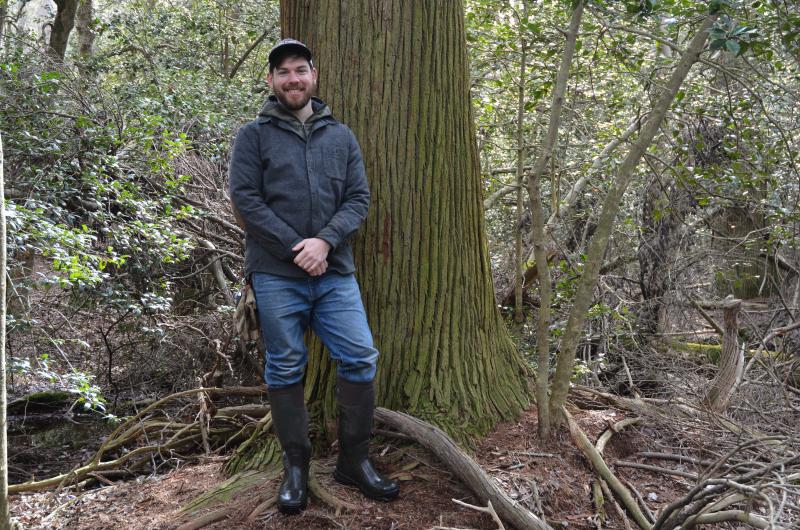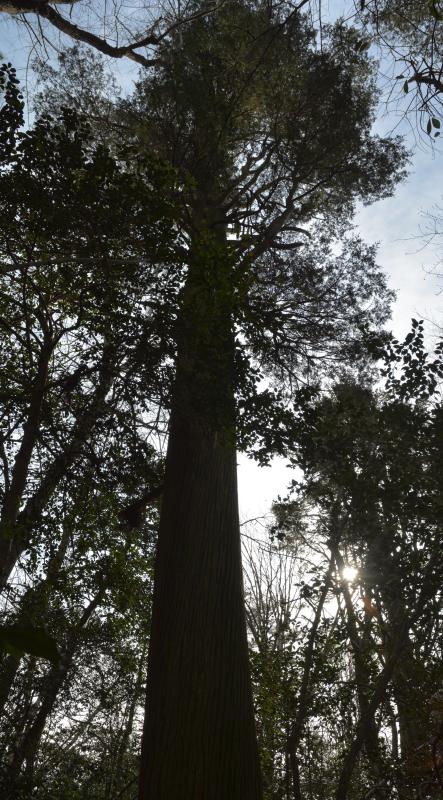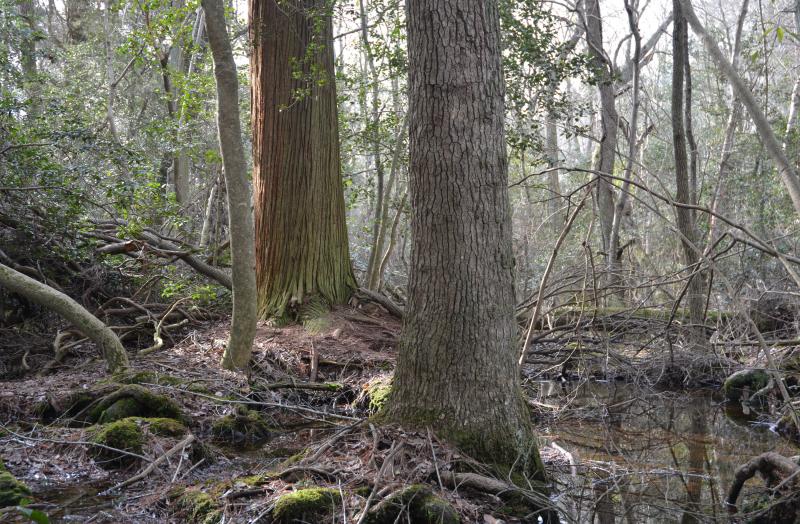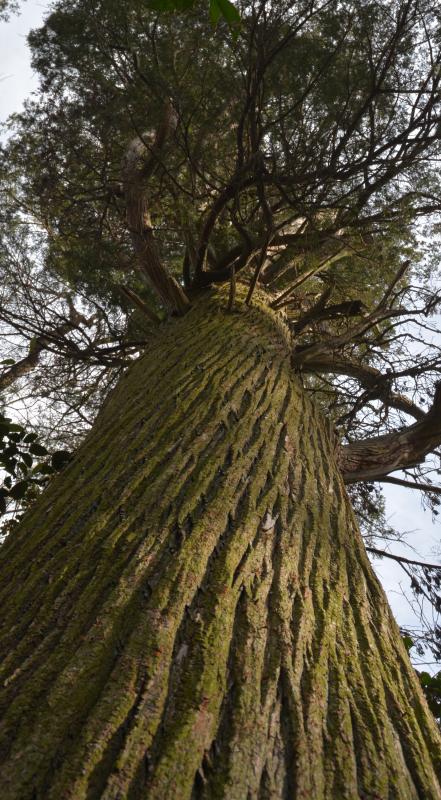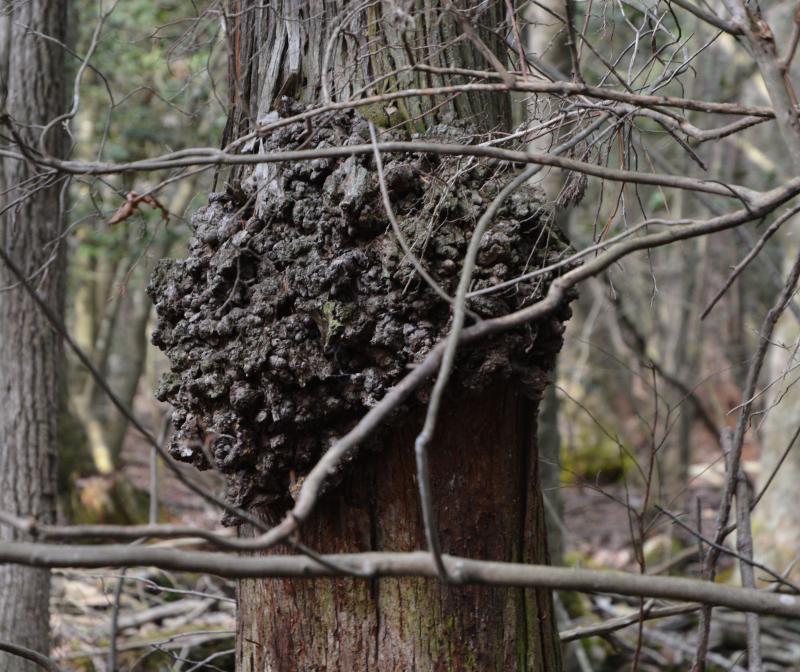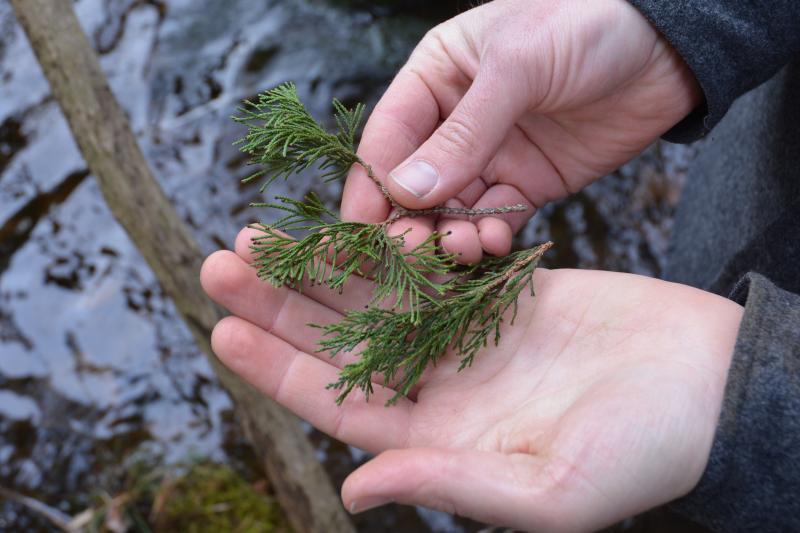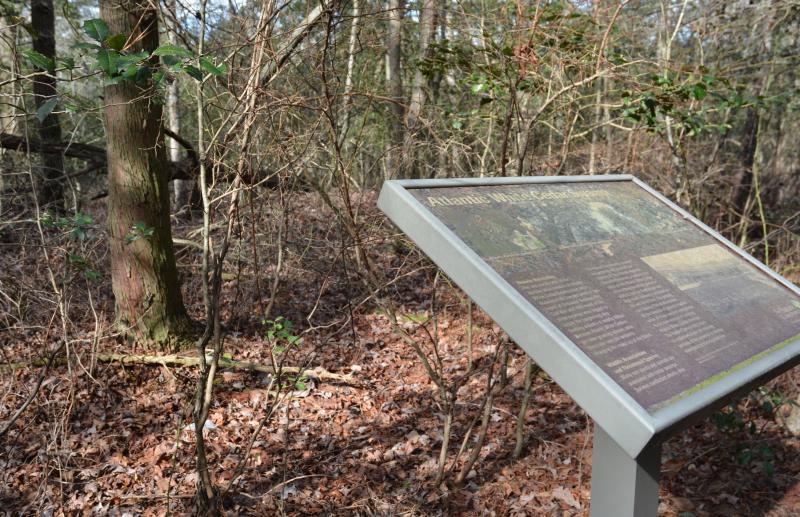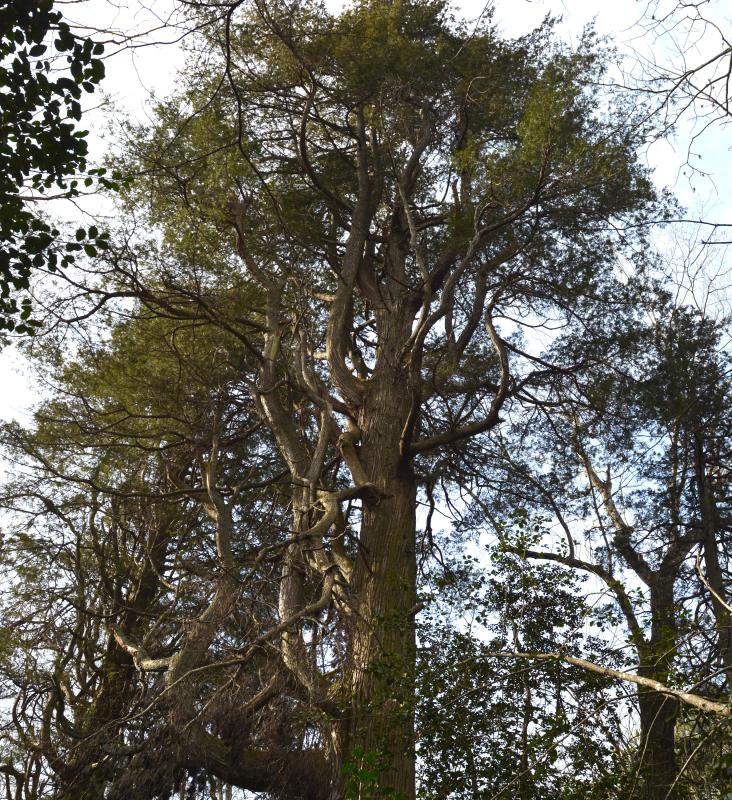State’s largest Atlantic white cedar found near Milton
Jacob McDaniel, the Nature Conservancy’s Southern Delaware land steward, said it was a great feeling the day he heard the news that Delaware’s largest Atlantic white cedar is conservancy land.
The Nature Conservancy’s mission is about habitat restoration and management of its lands, said McDaniel, who has been the area’s land steward for about 18 months. Having the state’s largest Atlantic white cedar really cements that purpose, he said.
The Nature Conservancy first announced the find in a November press release and then again in January. Measuring 38 inches in diameter at breast height, the tree is on Ponders Tract, which is a public trail system spanning more than 900 acres within the conservancy’s Pemberton Forest Preserve outside Milton, off Route 16.
McDaniel said State Botanist Bill McAvoy and Natasha Whetzel, Delaware stewardship manager for the conservancy, walk the area a couple of times a year looking for rare plants and animals. He credited them with the find.
The tree is specifically located off Piney Branch, a small stream that heads west off Reynolds Pond. It’s not the only large example of the species in the immediate area. About 30 feet away is another, which McDaniel said is just a bit smaller than its neighbor at measuring height, but appears to have a bigger crown.
“It’s a beautiful tree too,” he said, quickly counting an additional 15 Atlantic white cedars in the immediate vicinity.
Running his hand up the slightly smaller neighbor, also green with age, he said he loves the soft bark and how its ridges go all the way up the tree is a slight swirl.
McDaniel said there used to be half a million acres of Atlantic white cedar, stretching along most of the eastern seaboard. Much of that acreage is gone because of logging, and what remains continues to be in danger because of sea-level rise, he said, explaining the tree likes swampy, freshwater areas, but saltwater has begun to infiltrate the areas that remain.
The wood of the Atlantic white cedar is popular because grows straight and is rot resistant, said McDaniel.
According to the fifth edition of the Delaware Forest Service’s 36-page “Big Trees of Delaware,” published in 2019, the Atlantic white cedar is not a true cedar, but actually a cypress; has flat, scale-like leaves; its thin bark and leaves are prone to fire damage; and it’s vulnerable to high winds due to its shallow roots. The publication says the tree can often be found near streams and in wet, boggy areas in southern Delaware.
“Its light, soft, fragrant and durable wood is used for boats, shingles and decoys,” reads the description in “Big Trees of Delaware.”
Delaware used to have many more Atlantic white cedars, but the state’s early farmers couldn’t pass up the opportunity to cultivate the nutrient-rich soil the trees created through existing.
In “Delaware Trees,” originally published in 1939, former State Forester William Taber said, “Delaware boasted of vast areas of cedar and cypress swamps where the trees stood so thick that semi-darkness prevailed beneath the canopy of their matted crowns, and sphagnum moss grew luxuriantly over their roots. For untold centuries, the moss, leaves and other vegetation died and partially rotted, forming a heavy layer of peat over the soil. The agricultural possibilities of these peat swamps did not long go unrecognized by tillers of the soil, and as rapidly as drainage and clearing could be done, they were converted to agricultural use.”











